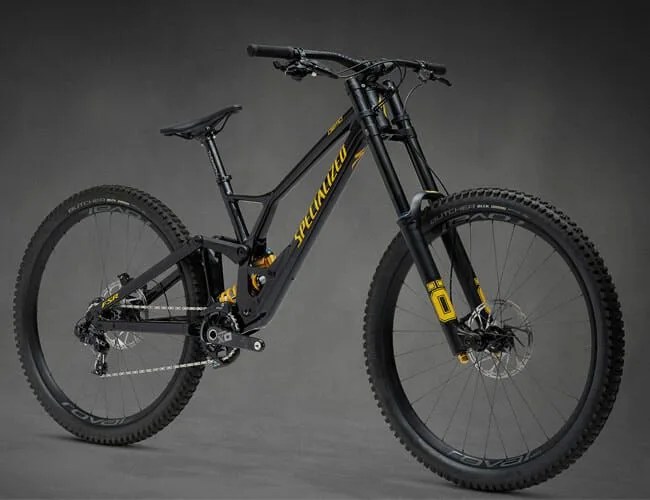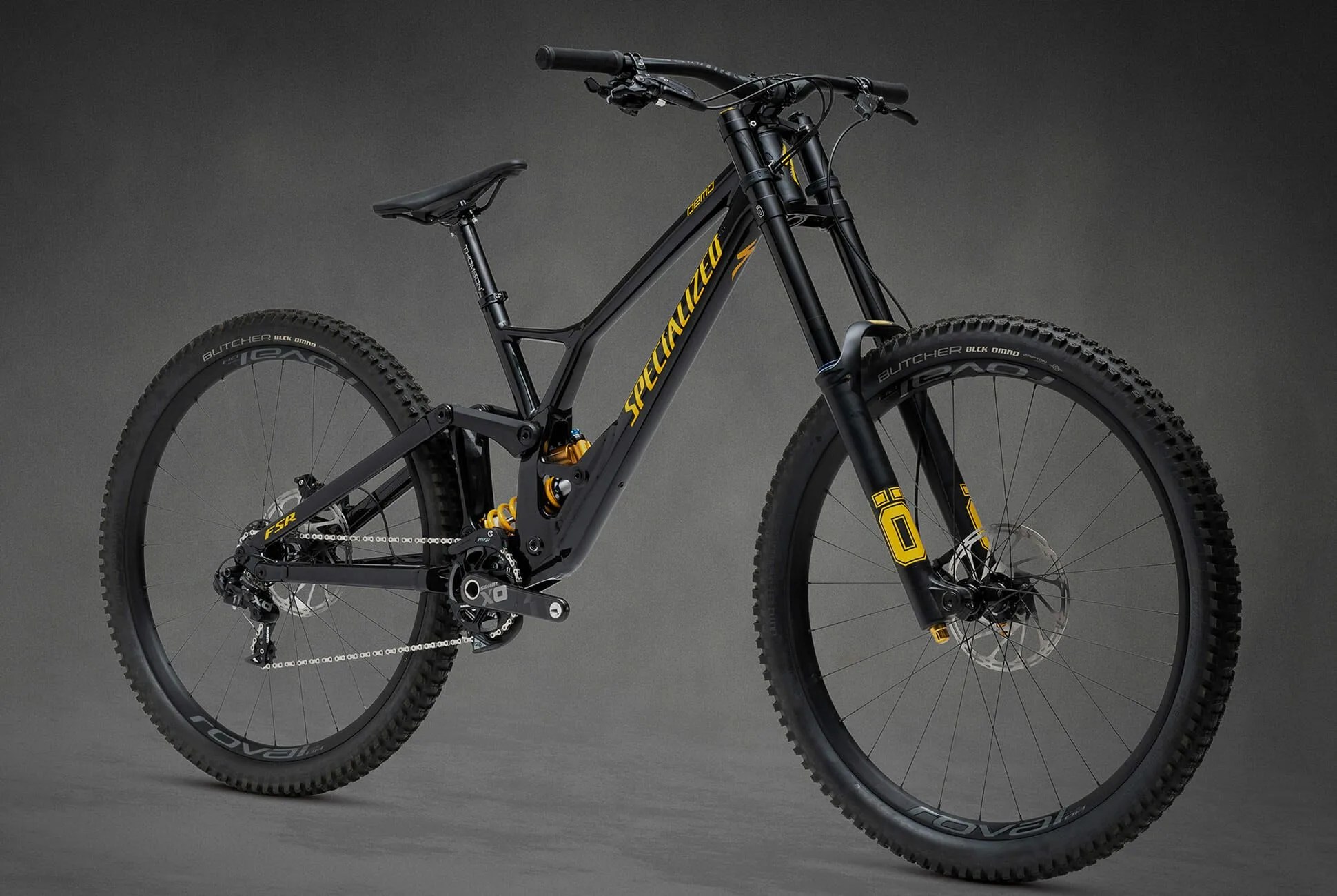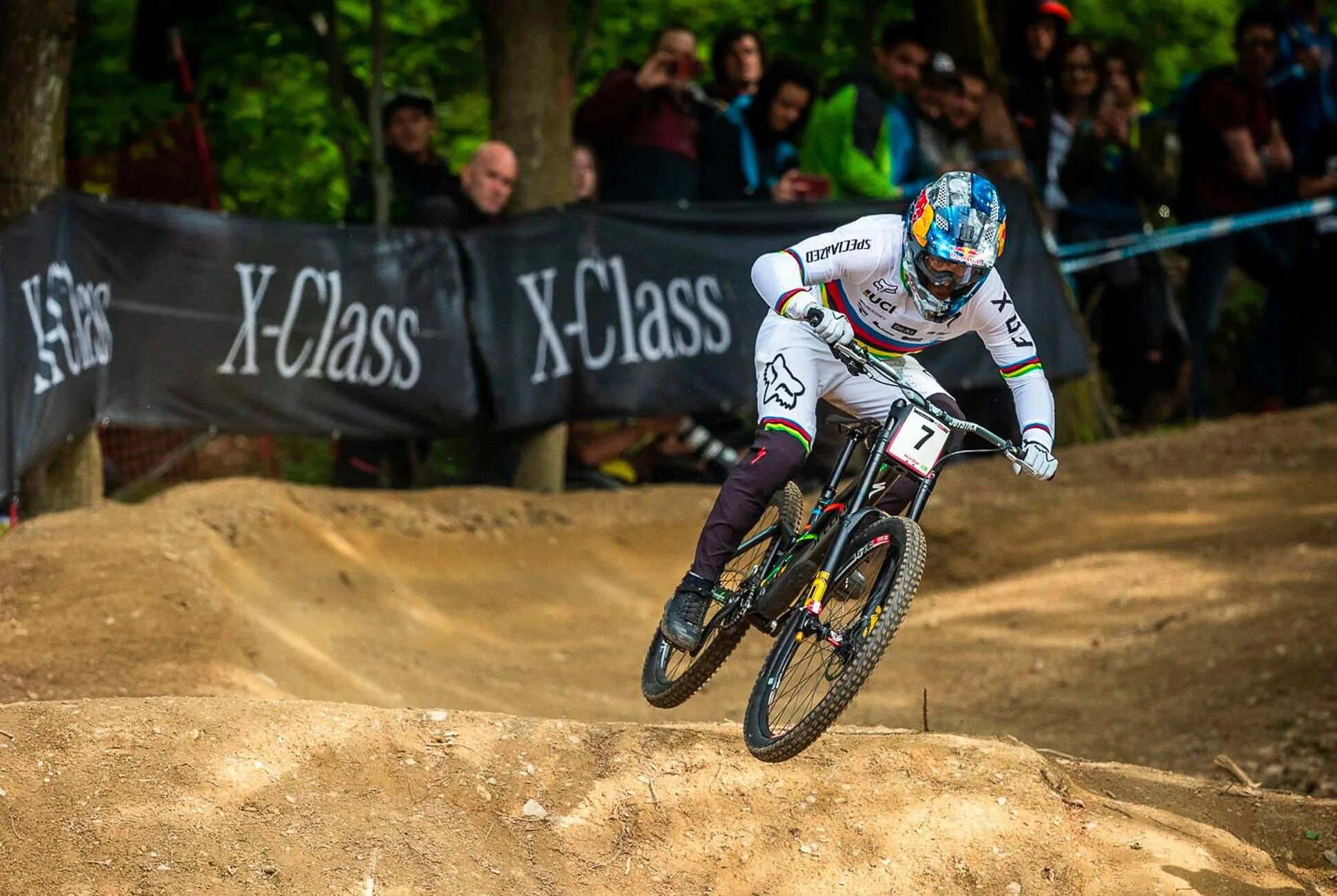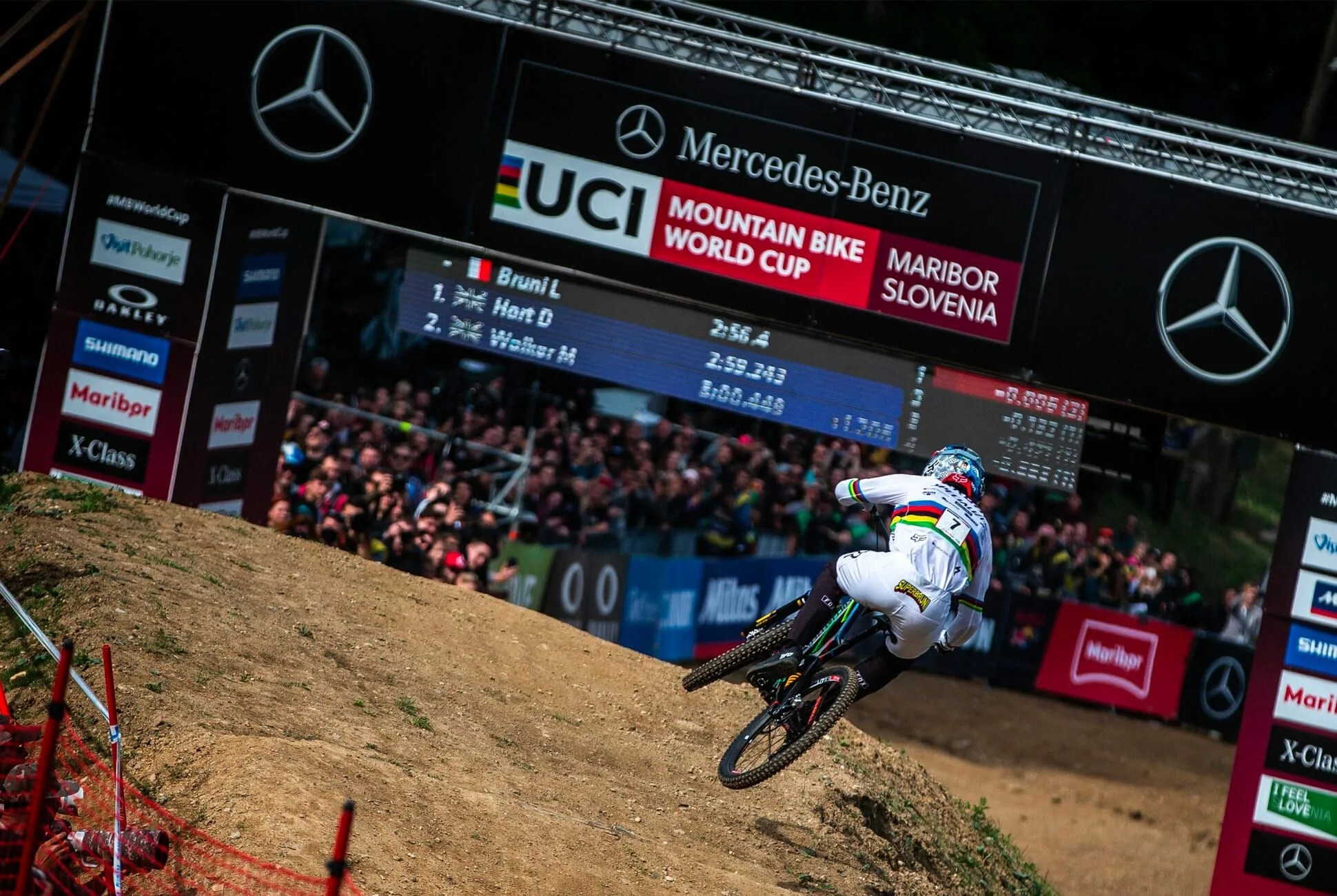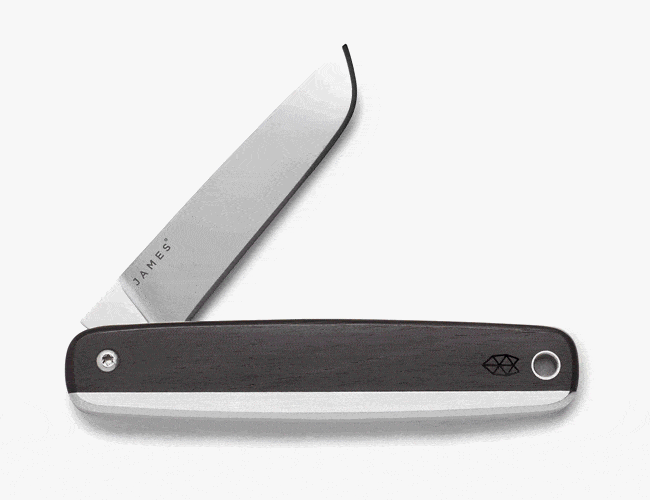3 photos
Competitive downhill mountain biking is about one thing: speed. That’s why Specialized sought to make its Demo 8 mountain bike faster, even though it has already proven itself at prestigious World Cup races time and again. And that’s why, with speed in mind, Specialized put in years of development, collecting feedback from pro riders as well as plenty of data, and pretty much redesigned the entire bike with a new chassis, frame geometry and suspension.
What do those changes actually look like? For starters, the just-dropped new Demo is called the Demo 29, which refers to the inclusion of big, 29-inch wheels. The reason for them is simple: big wheels are better at plowing through rough, cruddy terrain. To accommodate bigger wheels, Specialized also raised the bottom bracket and shortened the head tube.
Additionally, the bike designers moved the rear axle farther back to smooth out how the suspension reacts and absorbs energy on square-shaped drops in terrain. They also added 70 percent more anti-rise, the action of a bike’s rear suspension compressing into its travel while braking, so that when a rider hits the rear brake at speed, the bike stays low and planted instead of pitching forward, which increases control. The suspension system is also placed farther down and back, resulting in an overall lowered center of gravity.
All these incremental changes go back to that same goal of increasing speed. What’s more, as Specialized approached the overhaul of the Demo, it did so with a mind toward versatility. “We weren’t interested in designing the Demo to be faster on just one section of a DH track,” notes Mountain Bike Design Engineer Brian Robinson. “It’s about being faster across the widest range of conditions possible.”
